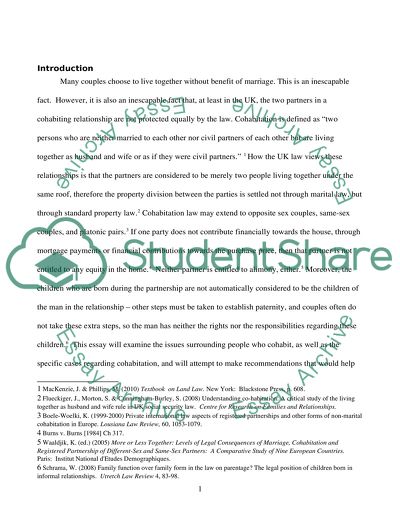Cite this document
(“Explain the legal position of cohabitees whose relationship breaks Essay”, n.d.)
Retrieved from https://studentshare.org/law/1465576-explain-the-legal-position-of-cohabitees-whose
Retrieved from https://studentshare.org/law/1465576-explain-the-legal-position-of-cohabitees-whose
(Explain the Legal Position of Cohabitees Whose Relationship Breaks Essay)
https://studentshare.org/law/1465576-explain-the-legal-position-of-cohabitees-whose.
https://studentshare.org/law/1465576-explain-the-legal-position-of-cohabitees-whose.
“Explain the Legal Position of Cohabitees Whose Relationship Breaks Essay”, n.d. https://studentshare.org/law/1465576-explain-the-legal-position-of-cohabitees-whose.


